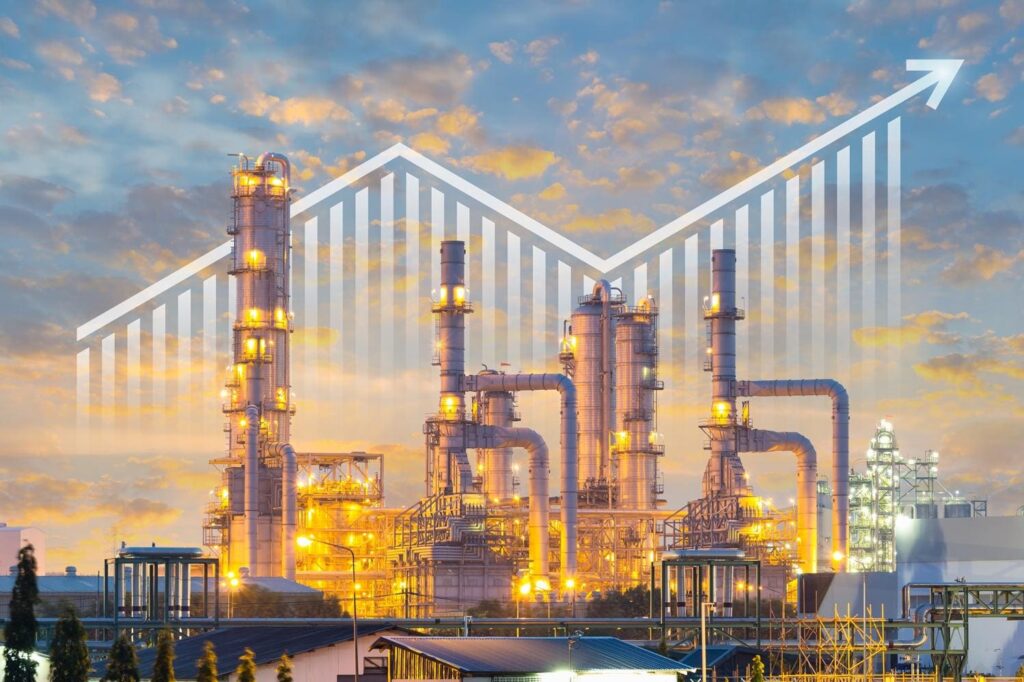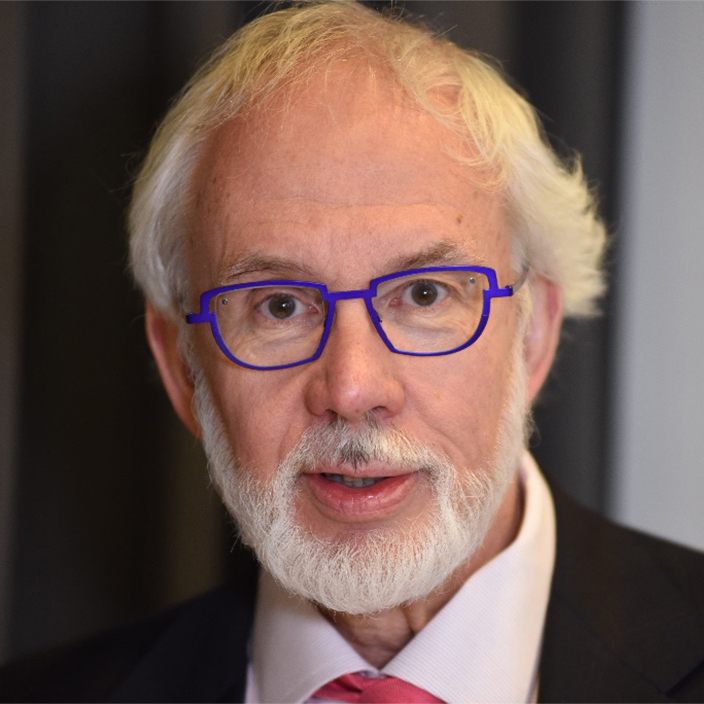Last week I attended Semafor’s “World Economy Summit 2025” held on April 23-25. I learned about this event from Andrew Edgecliffe-Johnson who joined Semafor late last year as their CEO editor and author of the CEO Signal newsletter after spending 20 years at the Financial Times, mostly recently as U.S. News Editor. Semafor is a fascinating new publication started less than three years ago, and you can subscribe to for free. They put on a three-day conference that is the best one I’ve ever attended. You can see why by checking the agenda to see what an incredible and wide-ranging list of people (e.g., from Steve Bannon to Senator Chuck Schumer) who were interviewed by a super cast of reporters from Semafor and many other publications. Videos of all of the sessions are available on this link.
On the morning of the first day I attended the “Reimagining Global Energy” session which included interviews with a number of energy and utility CEOs and the Vice Chairman of Chevron. This session was fascinating both for what was discussed and what was not. In terms of the latter, words that were never uttered include climate change, net zero, Paris Agreement, 1.5C°, 2050 scenarios, climate transition plans, reporting (Scope 1, 2, and 3), divestment, and stranded assets. The overarching narrative was one of aa strong and growing demand for energy that was creating opportunities and challenges. It was not one about the dire consequences of climate change.
Based on this climate activists might conclude that it was a gathering of energy and utility executives who are either climate change deniers or fighting the energy transition with all their might. I did not get this sense from the discussion. Although there was no explicit discussion about the consequences of climate change, moving towards a lower carbon world was seen by all as important. That said, these executives had different views from climate activists on how fast this can happen, how to get there, and how much of a priority this should be vis a vis other energy attributes like affordability, security, and resilience. The general sense was an “all of the above” approach to energy resources including fossil fuels, renewables, biofuels, hydrogen, nuclear, and geothermal. The conversations I listened to can be summarized into five main themes: (1) Growth in Energy Demand, (2) The Need for Balance, (3) Infrastructure and Permitting, (4) the Electrical Grid, and (5) Artificial Intelligence.

Oil gas refinery or petrochemical plant. Include arrow, graph or bar chart. Increase trend or growth of production, market price, demand, supply. Concept of business, industry, fuel, power energy. | GETTY
Growth in Energy Demand
The session began with the “Partner Interview: View from Chevron” between Chevron’s Vice Chairman Mark Nelson and Justin Smith, the Co-Founder and CEO of Semafor. Nelson observed that energy demand would grow due a population increasing from 8 to 10 billion (a figure also cited by Mike Henry, the CEO of mining company BHP in the session “Meeting the Demand for Critical Minerals” with Tim McDonnell, Climate and energy editor at Semafor), the need to eliminate energy poverty (two billion people prepare their meals over stoves using unhealthy materials like biomass and 750 million people still lack access to electricity), and the energy demands to serve data centers for artificial intelligence (AI) applications. In his interview “Fueling Market Dynamics” with Charlie Gasparino, Senior Correspondent FOX Business Network, Domenic Dell’ Osso, Jr., President and CEO of natural gas company Expand Energy stated that AI and cryptocurrency would increase the daily demand for natural gas of 105 billion cubic feet (BcF) by five billion BcF. But he also noted that the export growth potential for natural gas was three times that.
Another major factor driving the growth in energy demand is electrification of the grid. In another interview by McDonnell, “Turn on the Bright Lights: Building a Resilient Grid,” Tim Cawley, the CEO of utility company Consolidated Edison which serves New York City, also cited AI but for his customer base even more important was the growing use of heat pumps, electric vehicle charging, and that new buildings needed to be powered by electricity.
SUBSCRIBE TO OUR NEWSLETTER
Subscribe our newsletter to receive the latest news, articles and exclusive podcasts every week



